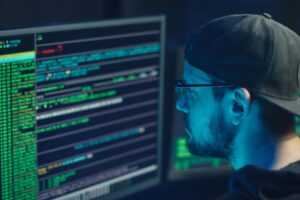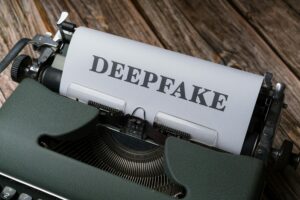Nano Banana Pro Is the Best AI Image Tool I’ve Tested. It’s Also Deeply Troubling

source: cnet.com : image: google
You can’t talk about AI image generation without including Google’s nano banana models, for good reason. The two versions, the original (Gemini 2.5 Flash Image) and the new pro (Gemini 3 Pro Image), have only been around for a couple of months, but they’ve quickly redefined what’s possible with AI image generation and editing.
The pro version uses Gemini 3’s reasoning model to power results. That means it takes a little bit longer to generate, but the images are more detailed. You can also add swaths of legible text to your images, an industry first. The pro version is the best AI image generation tool CNET has ever tested, hands down. But that isn’t necessarily a good thing. Continue reading “Nano Banana Pro Is the Best AI Image Tool I’ve Tested. It’s Also Deeply Troubling”






 source: axios.com (contributed by Bill Amshey) | image: pexels.com
source: axios.com (contributed by Bill Amshey) | image: pexels.com
